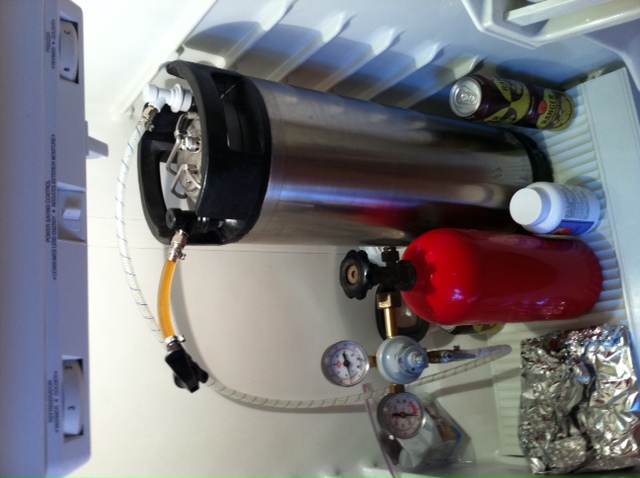JLivermore
Well-Known Member
My beer comes out all foam and tastes flat.
I had it 15 psi for a week.
I burped (the keg, not me) and lowered it and it was foamy and tasted flat.
I put it to 25 psi for a day.
Burped, lowered -- still comes out all foam and tastes flat.
I'm guessing it's still not carbed enough. But wouldn't too much foam mean it's plenty carbed?
I had it 15 psi for a week.
I burped (the keg, not me) and lowered it and it was foamy and tasted flat.
I put it to 25 psi for a day.
Burped, lowered -- still comes out all foam and tastes flat.
I'm guessing it's still not carbed enough. But wouldn't too much foam mean it's plenty carbed?












































![Craft A Brew - Safale S-04 Dry Yeast - Fermentis - English Ale Dry Yeast - For English and American Ales and Hard Apple Ciders - Ingredients for Home Brewing - Beer Making Supplies - [1 Pack]](https://m.media-amazon.com/images/I/41fVGNh6JfL._SL500_.jpg)















